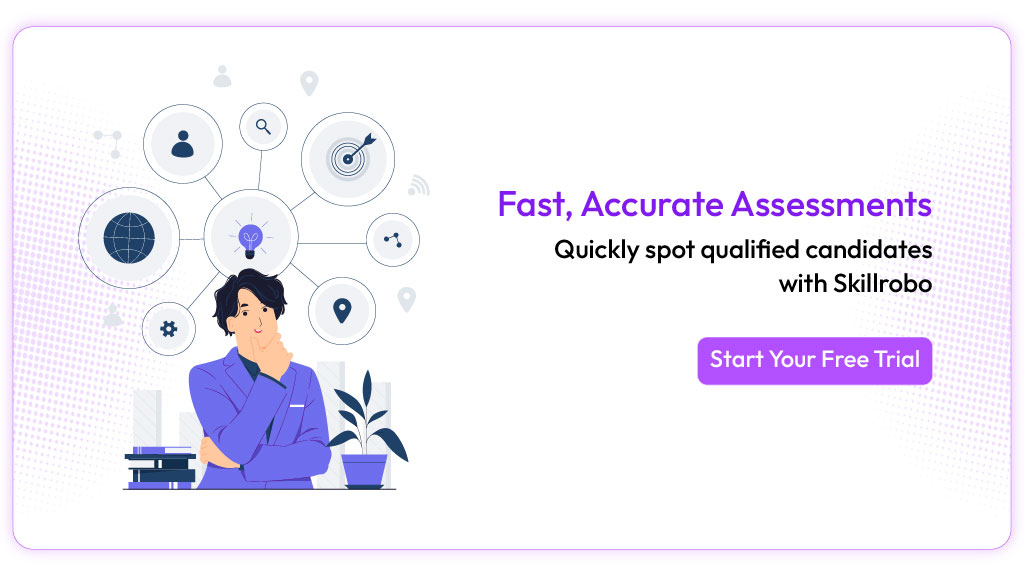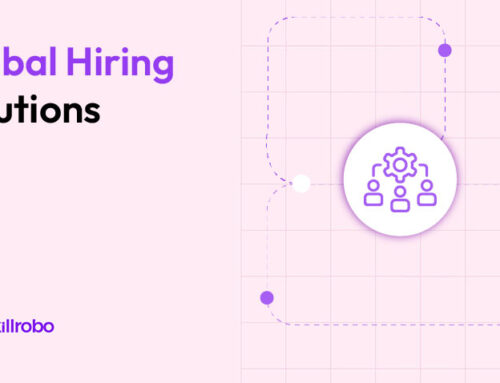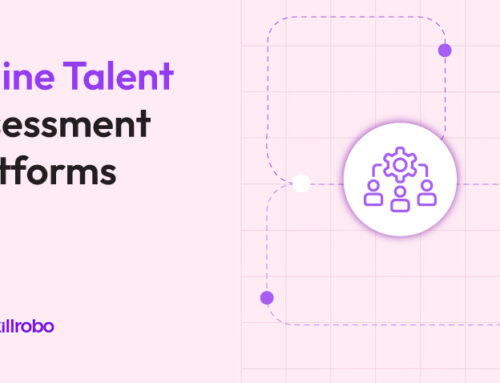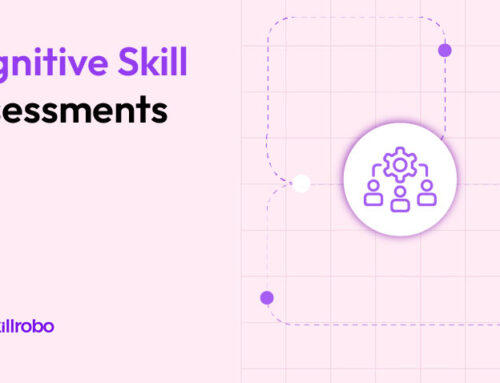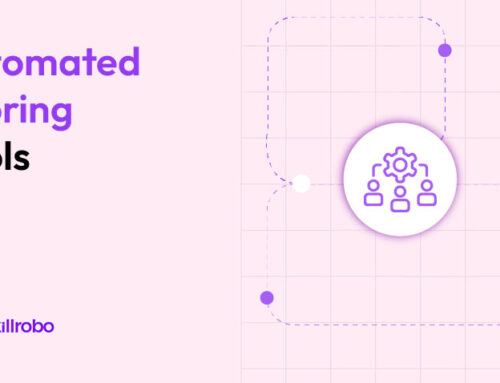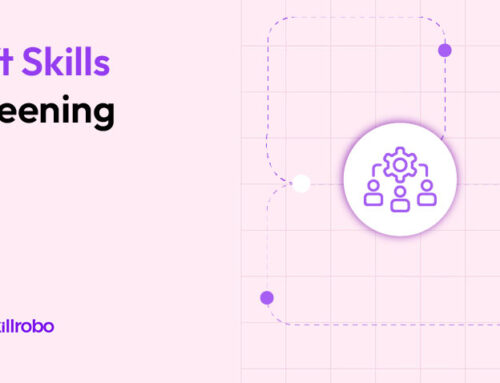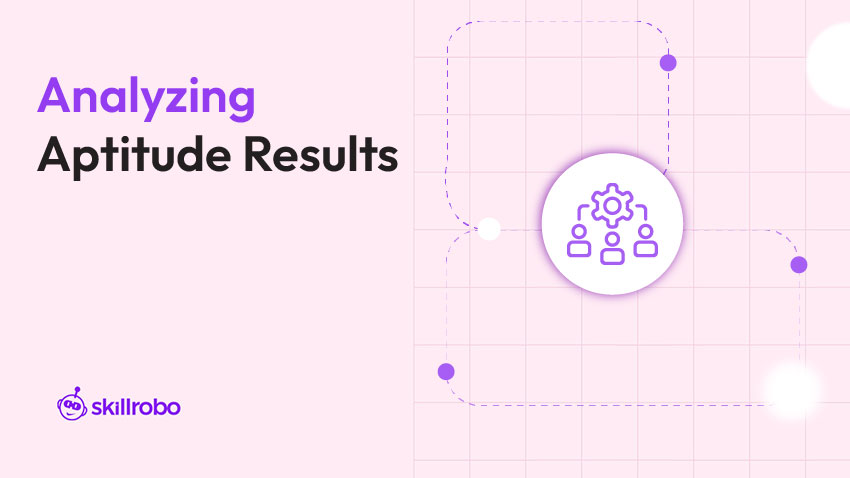
Key Takeaways
- Aptitude test score interpretation aligns hiring decisions with job performance expectations, reducing mismatches and improving overall employee effectiveness.
- Categorized test reports reveal core strengths and weaknesses, enabling targeted learning paths and better-fit placements for long-term employee development.
- Analyzing response patterns across attempts exposes systemic issues in hiring or training strategies that affect workforce readiness and performance.
- Automated scoring tools with real-time analytics ensure fast, fair evaluations while reducing human bias in decision-making during high-volume recruitment.
Why Aptitude Test Analysis Matters Beyond Scores
Most hiring teams focus solely on the final score, but that’s like reading only the headline and skipping the full story. The deeper value lies in the diagnostic breakdown, understanding how candidates perform across distinct competency areas like logical reasoning, numerical aptitude, and verbal comprehension.
Rather than treating the test as a pass/fail filter, analyzing section-wise results helps recruiters:
- Understand which abilities directly map to real-world job success
- Spot recurring weak areas across multiple candidates, hinting at gaps in sourcing or onboarding
- Design targeted learning and development programs that close skill gaps after hiring
For instance, when hiring for roles that demand clear written communication, recruiters can benefit from communication skills assessment tools that break down performance into sub-skills like clarity, tone, and structure, providing more than just a general score.
Beyond numbers, response patterns reveal how candidates approach problems, manage ambiguity, or prioritize under pressure—insights that raw scores often fail to show. When interpreted well, aptitude tests become not just screening tools, but strategic predictors of future performance and growth potential.
Break Down the Data by Competency Areas
Raw scores might indicate overall aptitude, but they offer little insight into where a candidate excels or where they may struggle. This is why modern assessment platforms segment results into distinct competency areas that reflect real job functions. When you break down test performance this way, hiring decisions become far more accurate and role-relevant.
Some of the most commonly measured areas include:
- Analytical reasoning: Evaluates logic, pattern recognition, and problem dissection. Crucial for strategic or technical roles.
- Data interpretation: Tests how well candidates read and respond to data in charts, graphs, or tables important in analytics and operations.
- Communication skills: Measures clarity, coherence, tone, and comprehension, key for client-facing or team-collaboration roles.
- Problem-solving logic: Assesses how candidates approach complex decisions, weigh trade-offs, and act under uncertainty.
For example, in finance or operations roles, recruiters should emphasize analytical and numerical reasoning. A pre-employment assessment test that categorizes performance by skill group enables clear benchmarking across candidates for the same role.
This competency-based breakdown allows hiring managers to compare apples to apples, especially when hiring across departments with varied skill priorities. It also focuses on targeted onboarding and training, helping employees build on strengths while addressing weak spots from day one.
From Test Score to Hiring Confidence: What to Look For
Aptitude test scores are just the beginning. To transform them into hiring confidence, recruiters must move beyond raw percentages and start asking the right diagnostic questions.
Instead of merely ranking candidates by score, consider how they arrived at those scores:
- Did the candidate struggle with time constraints, or was their challenge more conceptual? A candidate who scored poorly may have strong skills but simply didn’t finish the test. This is a timing issue, not necessarily a competence gap.
- Are there errors repeated across specific question types? If a candidate consistently misses logic sequencing but excels in numerical reasoning, you gain insight into where they might need support or where they could shine in the right role.
- Do the test scores align with performance in interviews, past experiences, or work simulations? When aptitude scores echo performance across touchpoints, you build a strong case for the candidate’s potential fit.
Going a step further, use internal benchmarks: compare each candidate’s performance against your existing high performers. Which sections did your top employees excel in when they were tested? Are there patterns in logic, verbal fluency, or data interpretation that correlate with on-the-job success?
These comparisons move your evaluation from hypothetical to proven predictors of success, giving hiring teams both clarity and confidence in their decisions. By combining test analysis with contextual performance, recruiters can make smarter calls, not just faster ones.
Visualization = Insight: Why Dashboards Matter
Raw test data, when left in spreadsheets, can quickly become overwhelming, especially when dealing with large candidate pools or cross-departmental hiring. That’s why visual dashboards are critical for actionable insights. They don’t just present data; they translate it into clarity.
Modern assessment dashboards segment performance by skill group, compare candidates within a cohort, and highlight outliers instantly. A well-structured dashboard should help you answer:
- Which test sections caused the most candidate drop-offs?
- Are certain roles producing wider score disparities than others?
- Where is the collective candidate performance falling below expectations?
These insights allow hiring managers to fine-tune test difficulty, question structure, and even recruitment marketing strategies. When used correctly, dashboards remove guesswork from test evaluation and let hiring teams iterate with precision.
Contextual vs. Absolute Scores: Read Between the Lines
A candidate with a 78% overall score may be a stronger hire than one with 85% if their strengths align more closely with job requirements. This is why relying solely on total scores can be misleading, especially in roles that demand a specific mix of abilities.
For instance, in customer-facing roles, verbal clarity and emotional intelligence are often more important than numerical speed. A candidate who performs well in verbal reasoning and situational judgment may offer far more value than someone who excels in abstract logic but struggles in communication.
Interpreting scores in the context of the role ensures you’re selecting the right fit, not just the top scorer. This approach also reduces the chance of poor hires due to misaligned expectations and ultimately improves retention.
Red Flags to Watch for in Test Analytics
While analyzing aptitude test data, it’s not just the strengths that matter, it’s the anomalies that often reveal the most. Here are key red flags to monitor:
- Perfect scores with very short completion times may indicate pre-access to questions or unethical behavior.
- Drastically inconsistent performance across attempts for the same candidate could suggest over-coaching or external help.
- Extremely fast or sluggish test completions, compared to cohort benchmarks, might reflect a misunderstanding of instructions or a lack of effort.
To balance these concerns, pairing aptitude data with a psychometric assessment offers a more holistic view of the candidate. It ensures that a high cognitive score isn’t masking poor behavioral alignment, or vice versa.
Applying Test Analysis to Improve Candidate Experience
Aptitude test results shouldn’t just help employers—they should also serve the candidates. When leveraged properly, test analytics can dramatically improve the hiring experience.
Here’s how to do it right:
- Give category-wise feedback, not just a generic pass/fail outcome. This helps candidates understand their performance and leaves them with value, even if they’re not selected.
- Offer learning resources or micro-training based on performance gaps. Candidates feel supported and are more likely to reapply in the future.
- Use results as coaching tools during onboarding. New hires can hit the ground running with clarity on their strengths and areas to improve.
Transparent, constructive feedback builds trust and enhances your employer brand, making your hiring process feel fair, informative, and professional. That goodwill translates into better retention and stronger candidate engagement, even among those who weren’t selected.
Skillrobo’s Role in Data-Driven Test Analysis
Skillrobo offers real-time, auto-scored aptitude tests with categorized reporting and benchmarking capabilities built in. With visual dashboards, role-specific test mapping, and integration-ready analytics, it helps teams:
- Pinpoint which candidates align with key role competencies
- Identify training opportunities based on hiring patterns
- Continuously refine test content using scoring analytics
From logic to leadership, Skillrobo empowers companies to move from “gut feel” hiring to evidence-backed hiring outcomes.
Conclusion: From Scores to Strategy
Analyzing aptitude test results isn’t just a matter of ranking candidates from high to low—it’s a strategic opportunity to improve every aspect of your hiring process. When used thoughtfully, test analytics can reveal hidden potential, uncover team-wide skill gaps, and provide actionable insights for onboarding, training, and long-term talent development.
It’s not about eliminating subjectivity—it’s about balancing human judgment with data that’s reliable, role-specific, and scalable. The right tools allow you to move past intuition-based decisions and build repeatable, high-performance hiring systems that deliver measurable results.
With platforms like Skillrobo, recruiters can create smarter workflows—automating test scoring, tracking key metrics, and refining hiring funnels in real time.
Ready to unlock smarter test insights? Sign up to try Skillrobo today and take the guesswork out of hiring.
Table of content
- Why Aptitude Test Analysis Matters Beyond Scores
- Break Down the Data by Competency Areas
- From Test Score to Hiring Confidence: What to Look For
- Visualization = Insight: Why Dashboards Matter
- Contextual vs. Absolute Scores: Read Between the Lines
- Red Flags to Watch for in Test Analytics
- Applying Test Analysis to Improve Candidate Experience
- Skillrobo’s Role in Data-Driven Test Analysis
- Conclusion: From Scores to Strategy

